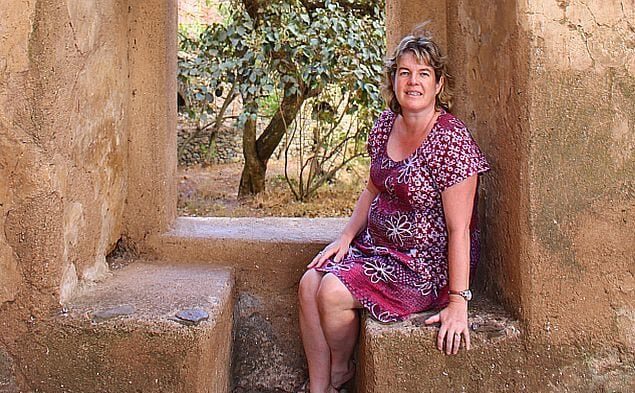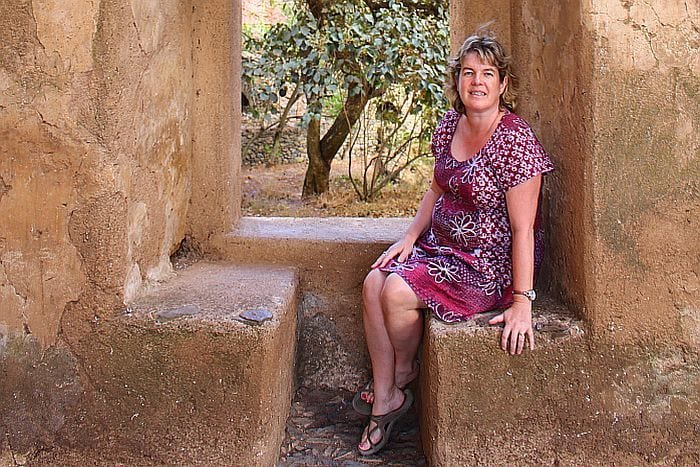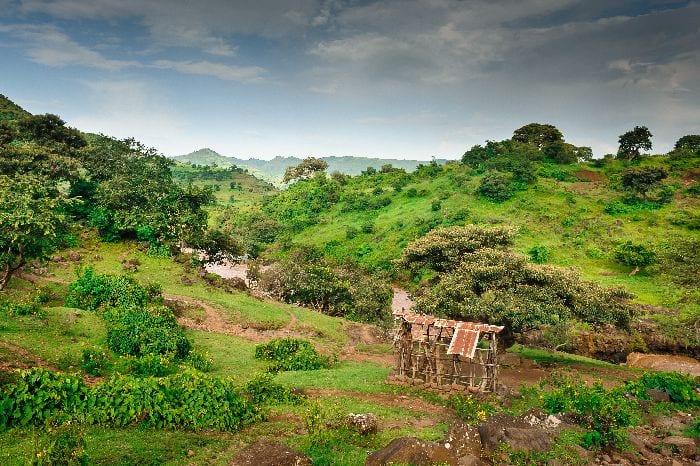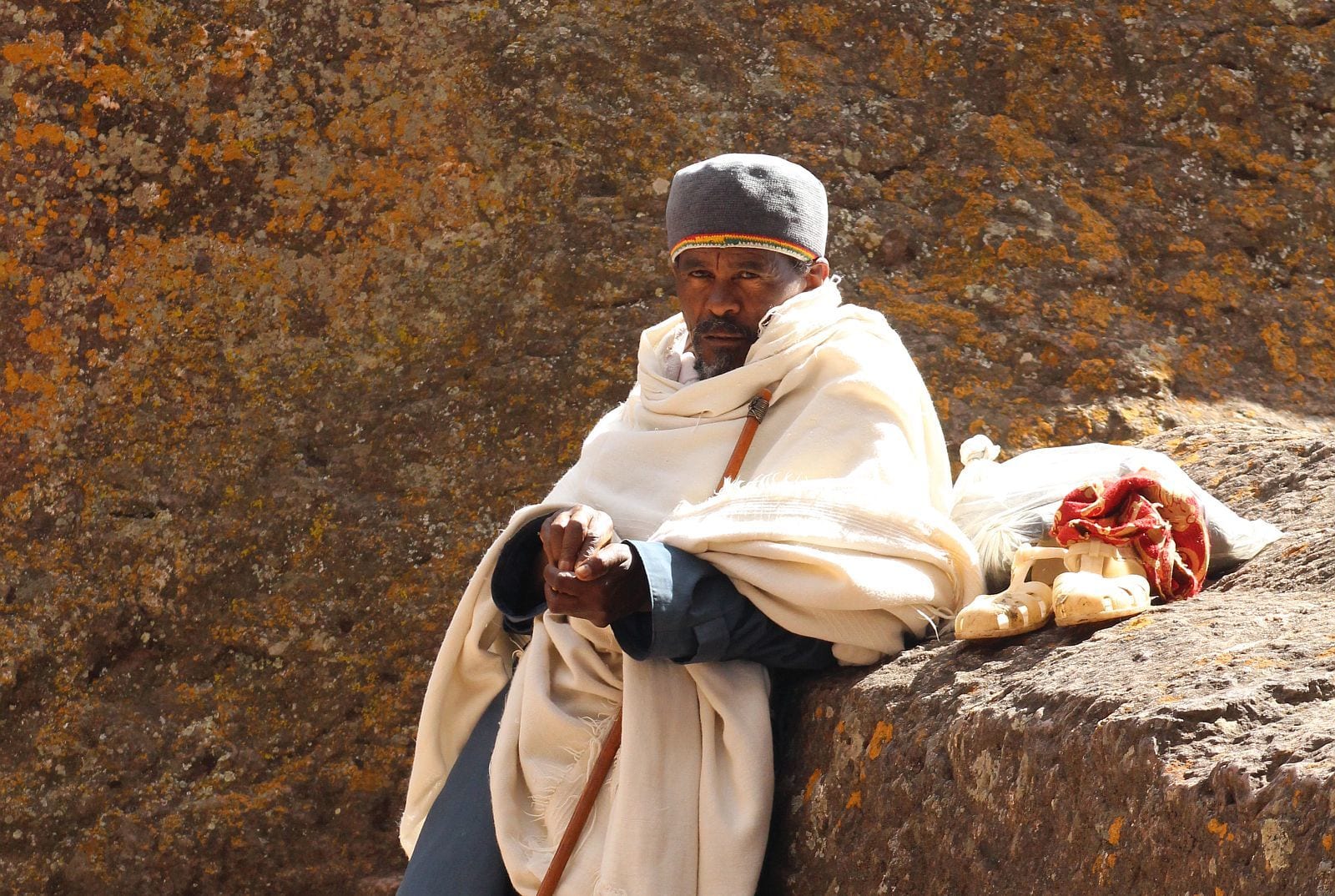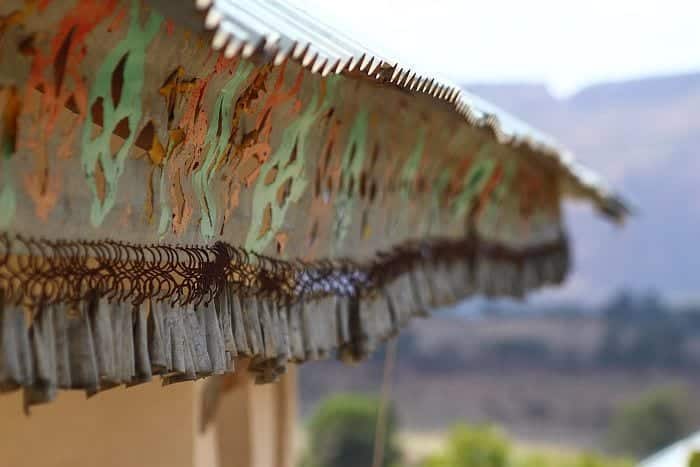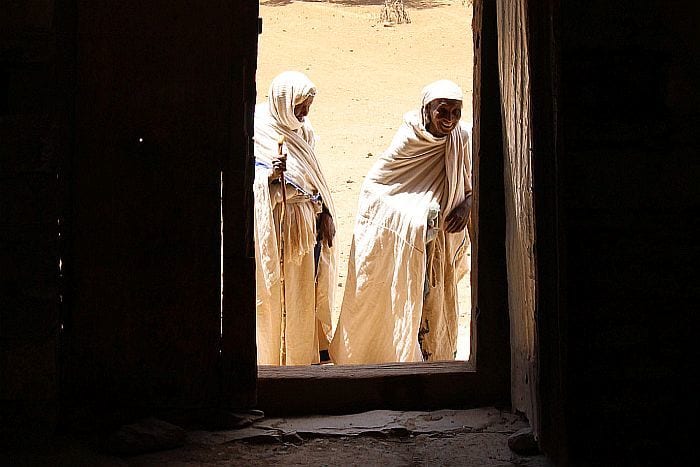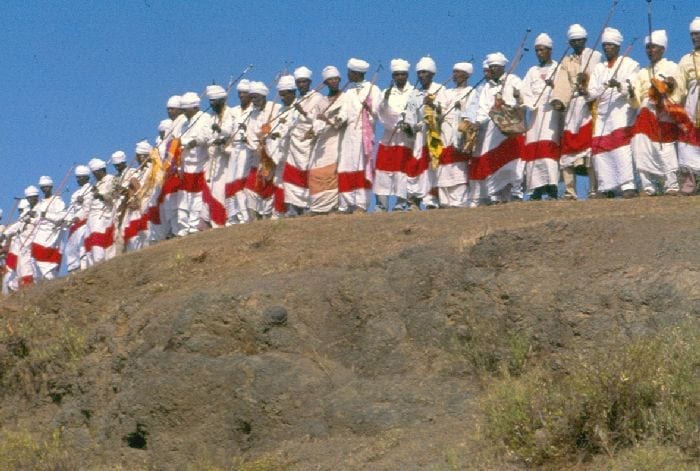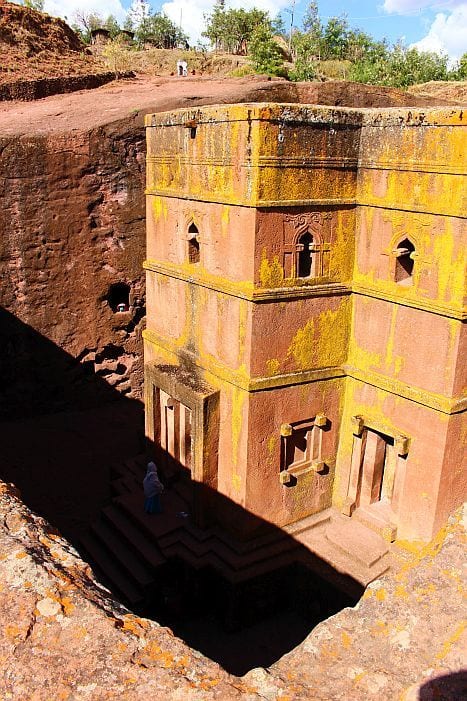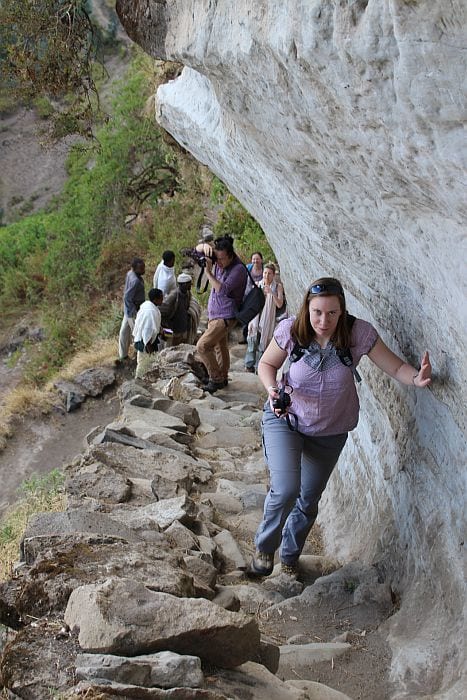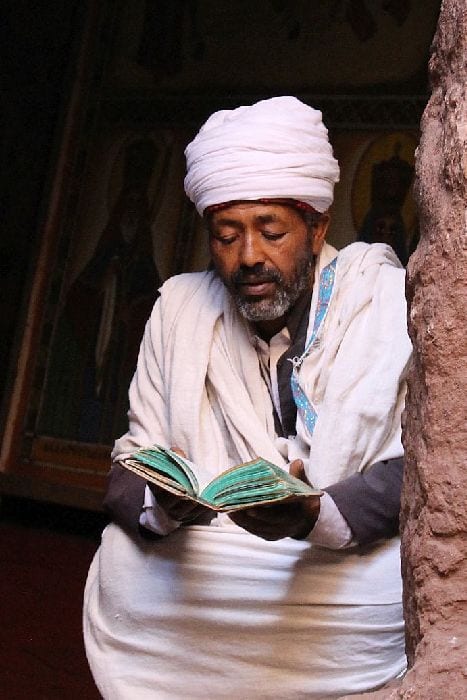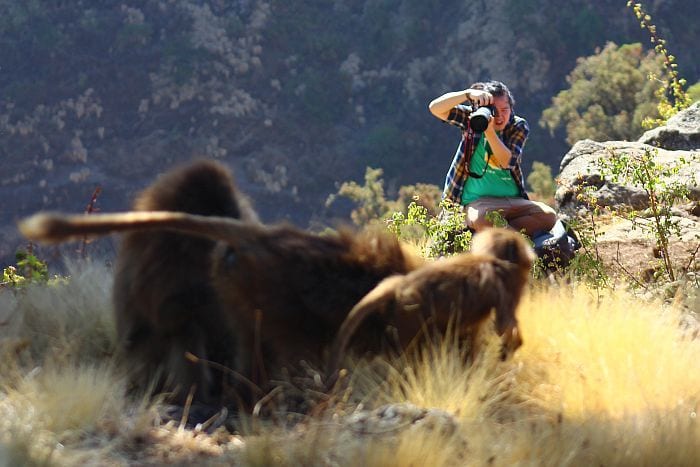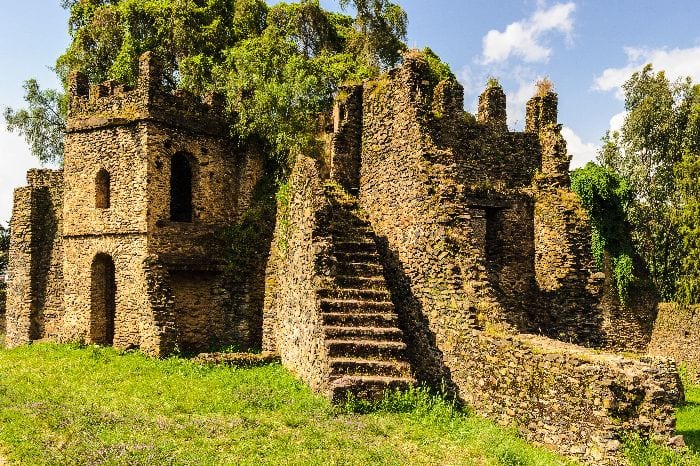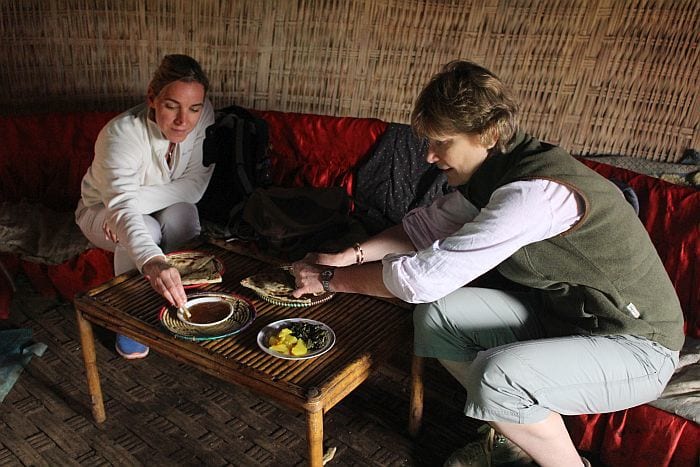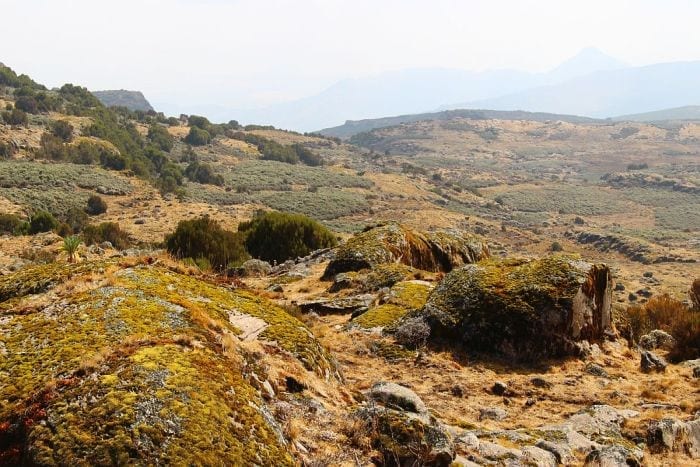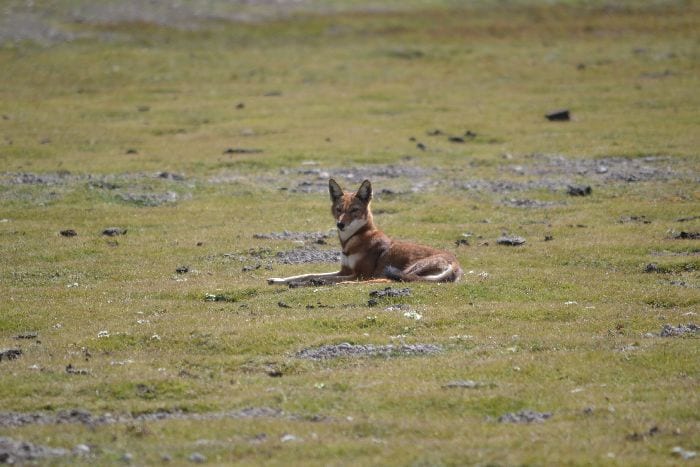Visit Ethiopia before the rest of the world discovers it…
Say Ethiopia to most people and unfortunately images of the horrendous famine and drought of the mid 1980’s will spring to mind for most. The reality is that Ethiopia is one of the wettest, most fertile and scenic countries in Africa. Ask people wanting to visit Ethiopia for any other images or words, and people may volunteer ancient Christian churches, the scenic Ethiopian highlands, marathon runners, and interesting tribal groups to visit.
Yes it certainly offers all of this and much more. It is a country quite unlike any other in East Africa. Combining African and Arabian influences in a unique way, through its history, architecture, language, people and cuisine.
The History
However things are changing at a rapid rate, mostly for the better with a GDP growth rate of roughly 10%, an expansion of infrastructure and a developing tourism industry no longer only catering for gap-year backpackers.
Mostly this is going to benefit visitors with a wider and more interesting choice of lodges to stay at, better roads reducing travelling times, hopefully better explanatory signage in the many museums and churches. But of course some of the current naïve charm of Ethiopia may be lost along the way as they get more used to visitors. So I would say that the next 2-3 years would be the ideal time to visit Ethiopia.
The People
The Ethiopians are an immensely friendly, gentle and proud nation. Remember this is the only African country which was able to resist colonization. Apart from some petty theft in Addis Ababa, it is a very safe to visit Ethiopia. The people are delighted to see you in their country, happy to pose for photographs and practise their English.
Charming as their people are, this is not the main reason to visit Ethiopia. For most people, it is the chance to see and learn about the remarkable ancient Christian cities, from the 4th to 17th century. One of the ancient capitals, Lalibela was devised as an alternative pilgrimage site to Jerusalem.
Why visit Ethiopia?
Ethiopia is also a very scenic country, especially after the long rains when the countryside is green and lush. The highlands and central plateau fall away into the Great Rift Valley.
Visitors to Ethiopia will probably broadly divide into those wanting to see some of the remarkable ancient churches, cultural and scenic highlights of the country, and those who want to focus on the history and archaeology. Ethiopia is also a great destination for people who enjoy hiking, with lots of opportunity to walk from a one hour stroll up to multi-day trips. Keen birders will also want to visit Ethiopia – one of the best countries in Africa for birding – with over 860 known species found.
It’s a large country so you won’t be able to see all the many highlights unless you have 3+ weeks. So it depends on your interests…
My recent visit to Ethiopia concentrated on the history and architecture of northern Ethiopia as well as the scenic delights of the high mountains, both the Simien and Bale mountain ranges.
A good guidebook will explain in great detail the majesty and magnitude of the sights you can see so this blog post just focuses on my personal impressions in the hope that it will help you decide whether you want to visit Ethiopia (you won’t regret it)
Ethiopia is a photographer’s delight. Everywhere you look, people are wearing traditional dress and the priests and devote church-goers wear the traditional white robes of the area and are happy to pose for photos.
Addis Ababa
Our Ethiopia trip began with a night in Addis Ababa. Though not a particularly attractive city, a city tour with a knowledgeable guide gets you stuck into the country’s remarkable history.
We recommend a guided tour because the museums are not well curated with little signage so a guide is helpful to explain the background of some of the exhibits. Probably the highlight for me was the National Museum of Ethiopia where we saw the remains of Lucy, our earliest ancestor, as well the other remarkable pre-history finds of Ethiopia. Ethiopia is one of the richest areas in the world for early human remains, partly because the creation of the Great Rift Valley led to their preservation. (see our main Ethiopia page for more on the history.)
Rock hewn churches of Tigrai and Axum
Next we flew northwards to the Giralta Mountains and Axum where we spent 2 nights. This area is well worth it if you have 13 or 14 nights to visit Ethiopia. But otherwise you may need to make a difficult choice between seeing the rock-hewn churches, monasteries and stelae of axum or seeing some of the lakeside monasteries of Lake Tana instead…
The ancient Ethiopian Orthodox churches dating back to the 4th century really blew my mind. What also fascinated me was how each church has its own collection of priceless artefacts. You would be led into a small room and shown illuminated manuscripts from the 11th century made of goatskin parchment, antiquated crosses and even crowns.
Axum has the makings of a lovely place to visit. They are busy laying cobblestone roads around the main historical sites. The approach road to the ancient stelae (obelisks) could be a lovely place to amble around. Enjoy a local beer in a café or do some craft shopping. However it is not there yet… The ancient sites are certainly interesting but not as impressive as Lalibela or Gondar, the hotels are distinctly average.
Lalibela
Lalibela was, perhaps not unexpectedly, one of the highlights of our trip. It’s well worth at least 2 and preferably 3 nights. The collection of rock-hewn churches, some partially submerged underground and accessed via tunnels and narrow gorges. These churches have all been hand-crafted and each has its own particular charm. The other charming aspect was that these churches have remained in constant use ever since they were built. With ceremonies for white-robed pilgrims regularly held in their tiny interiors.
We took a drive up a winding mountain pass and enjoy a very picturesque final ascent to the mountain-top monastery of Asheton Maryam with its stunning views, tonally chanting monks and yet more precious antiquities.
Simien Mountains
Next we flew onto Gondar and headed north for an easy three hour drive to the Simien Mountain National Park. (We would be returning to Gondar afterwards.) The National Park protects both some of the most stunning mountainous country in Africa. And vast groups of gelada primates which are only to be found in the Simien Mountains.
The walking in the Simien Mountains is not strenuous as you stay on the ridge of the plateau and enjoy plunging views down into the valleys and across to the jagged peaks of other mountains. We saw loads of the charming gelada primates. They were charmingly unfazed by our presence. You can watch their elaborate grooming rituals – which often seemed to lead to mating rituals – from only a few metres away. Fantastic for a keen amateur photographer like me, though I did start to feel somewhat voyeuristic!
The drive to and from Simien takes you through the local villages of the highlands. Life is hard and agriculture is on a subsistence level. People still use mules and hand-made ploughs to till the fields. We stopped at a village on the way back to Gondar to see how a roadside blacksmith plied his trade. Immediately we caused a stir with a huge crowd gathered around us to see these “farange” females wearing trousers! Women in the countryside tend to only wear long skirts and dresses.
Gondar
The second largest city in Ethiopia, Gondar is a fast growing, dusty and not hugely attractive city. However it’s well worth an overnight stay to visit its slightly surreal collection of 17th century castles.
You can spend a happy afternoon visiting the castles, which have a serene ambience. The church of Debre Birhan Selassie which has one of the most impressive interiors of any of Ethiopian churches we visited. The mesmerising Fasil’s Pool, which was my favourite.
Bale Mountain National Park
Our last Ethiopia visit was equally the most spectacular, a visit to the Bale Mountains National Park. We loved our time at Bale Mountain Lodge which has a range of activities on offer. Looked for the elusive Ethiopian wolf on the plateau, did a spot of early morning bird-watching. Walked to an enchanting waterfall with its own rock pool for a very cool swimming opportunity (in more ways than one.) And we visited one of the local villages for an authentic Ethiopian coffee ceremony with delicious Ethiopian side dishes. Finally we hiked up the steep mountain near the lodge. The walk was immensely beautiful through the rainforest and then the bamboo stands.
Access is currently an issue for the Bale Mountain with the local airport currently closed. Thus you have some hard choices to make… Simien Lodge is not as smart as Bale. The Simien Mountains are much more accessible and offer great walking, views and unique wildlife.

